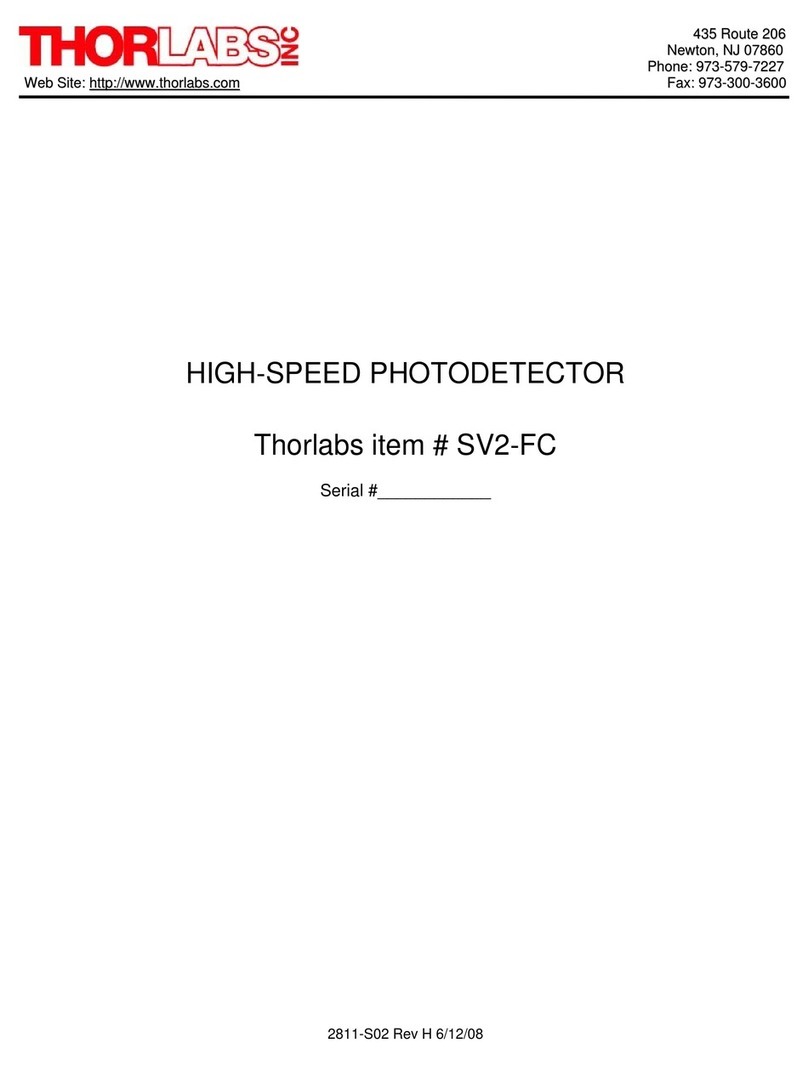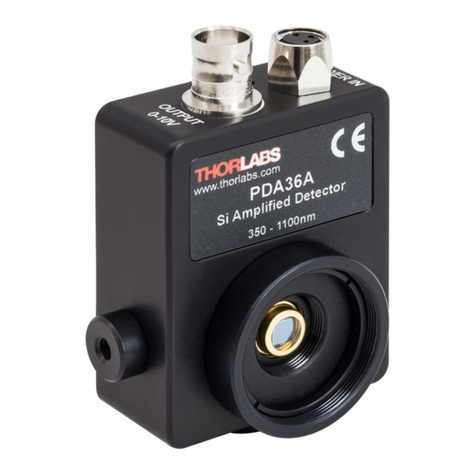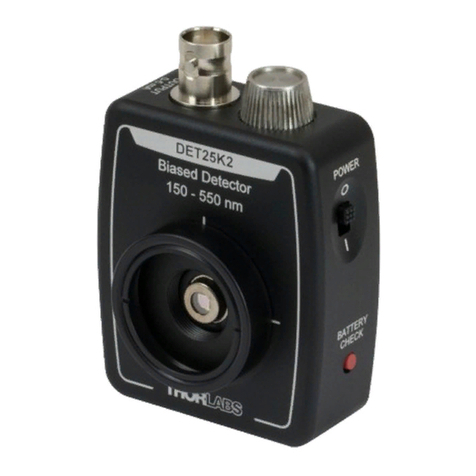THORLABS PDA30B User manual
Other THORLABS Security Sensor manuals
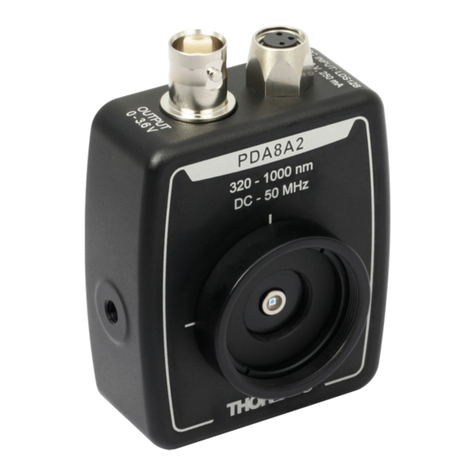
THORLABS
THORLABS PDA8A2 User manual
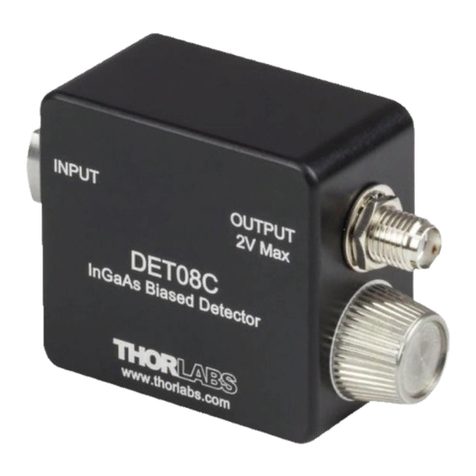
THORLABS
THORLABS DET Series User manual
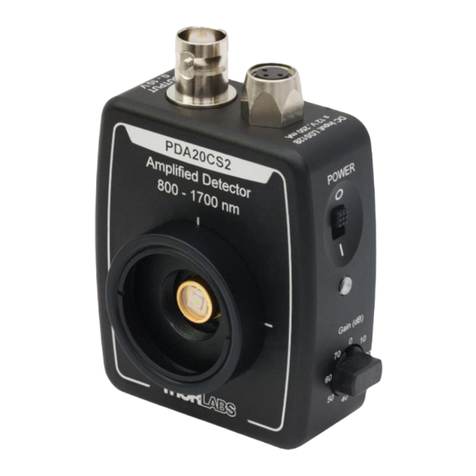
THORLABS
THORLABS PDA20CS2 User manual
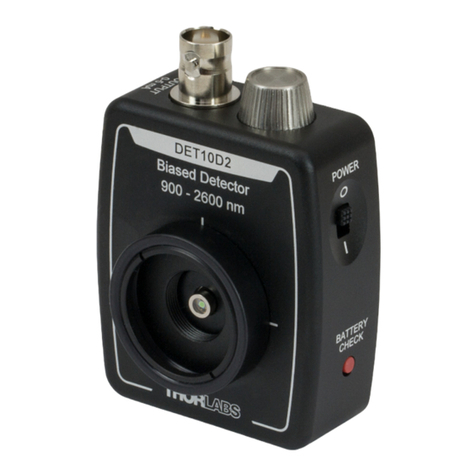
THORLABS
THORLABS DET10D2 User manual
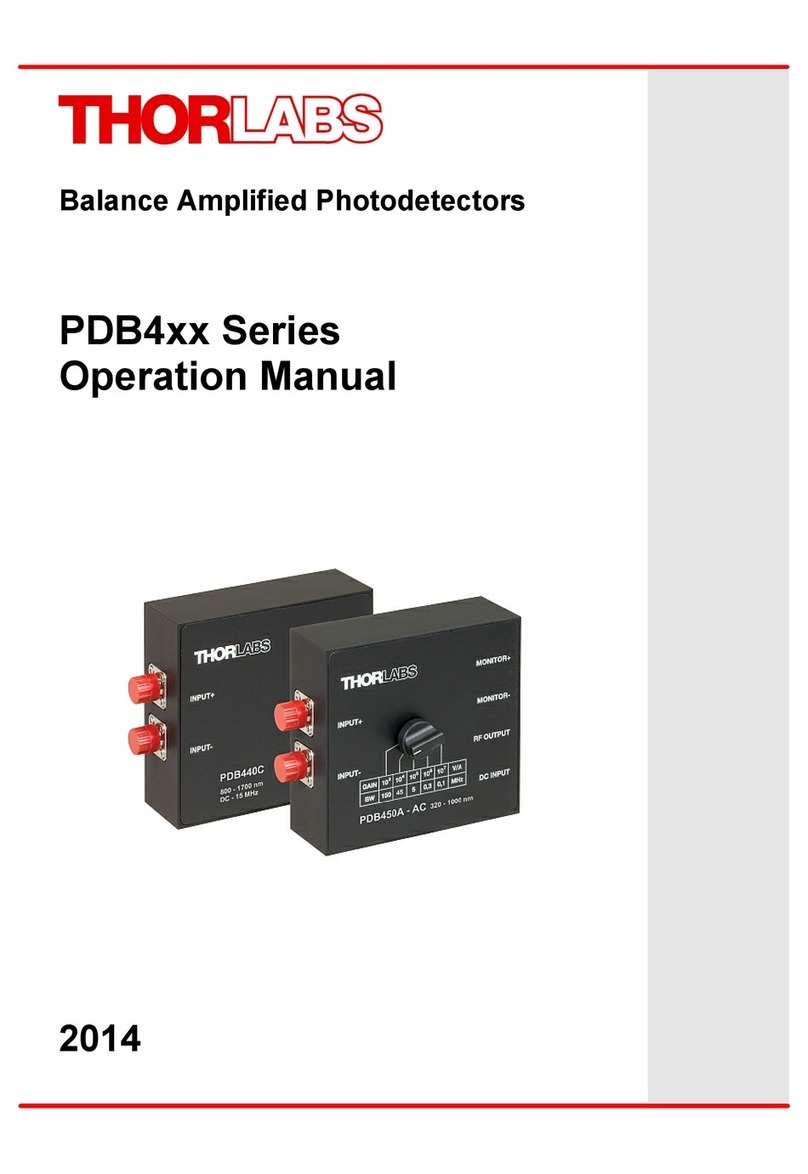
THORLABS
THORLABS PDB4 Series User manual

THORLABS
THORLABS PDA20C2 User manual
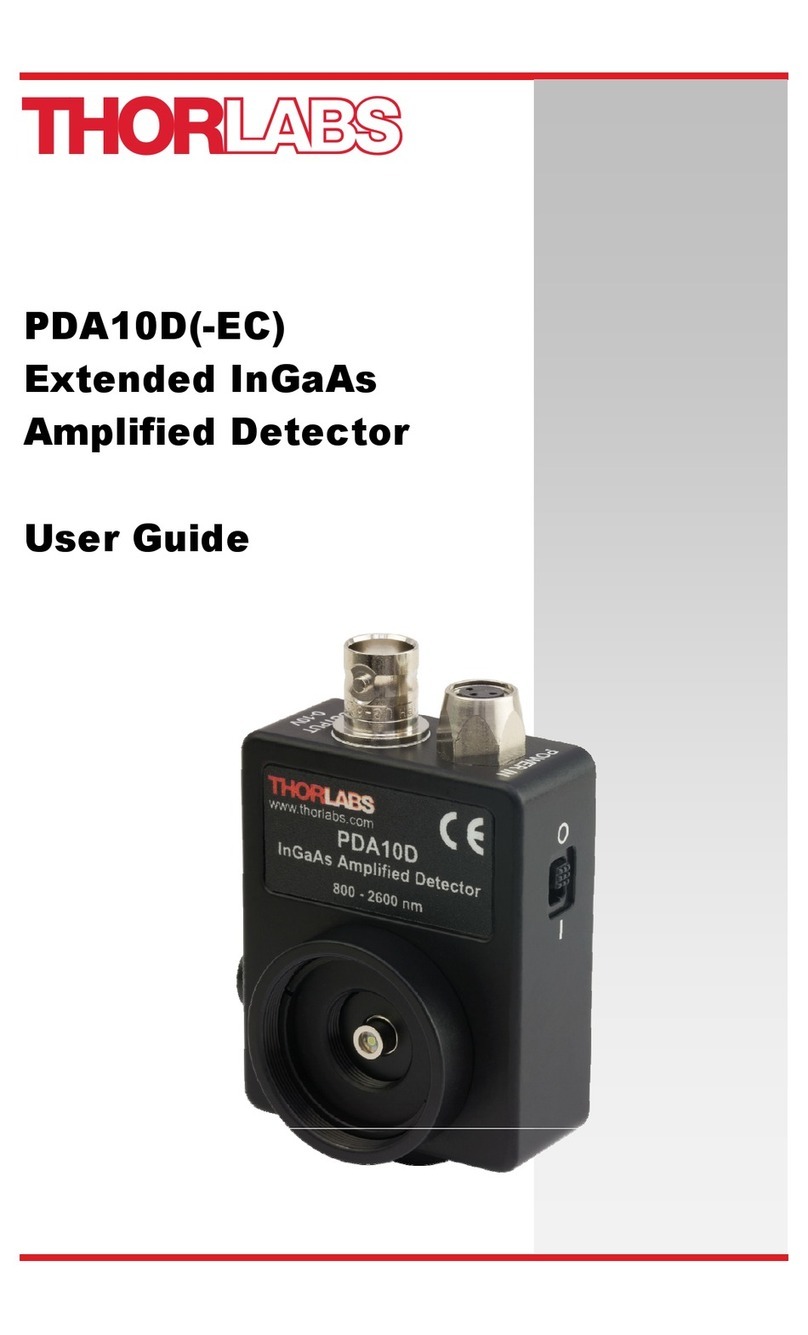
THORLABS
THORLABS PDA10D User manual

THORLABS
THORLABS InGaAs PDA10CS2 User manual
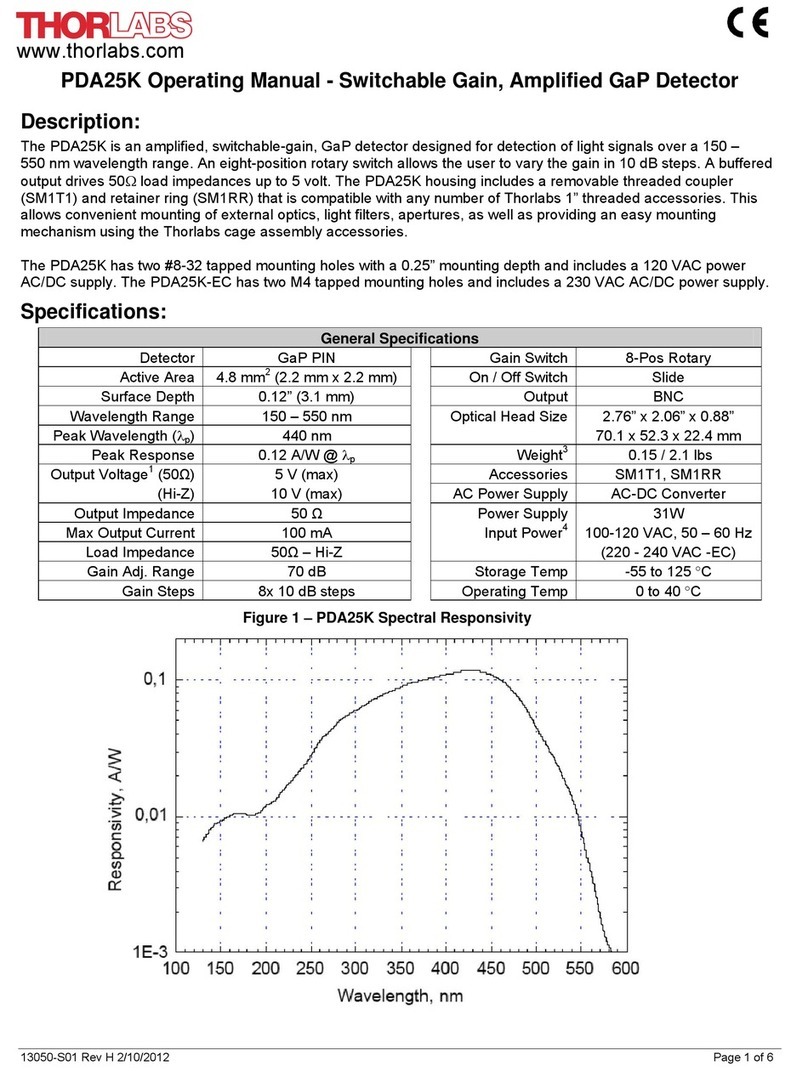
THORLABS
THORLABS PDA25K User manual
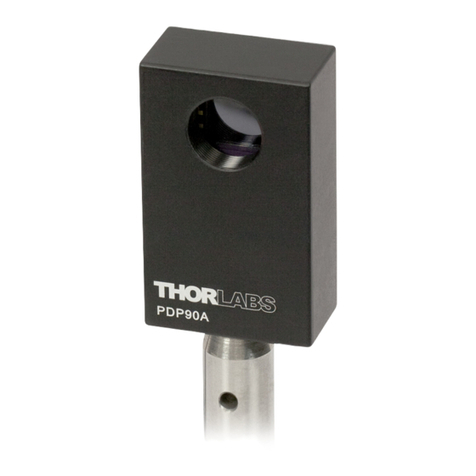
THORLABS
THORLABS PDP90A User manual
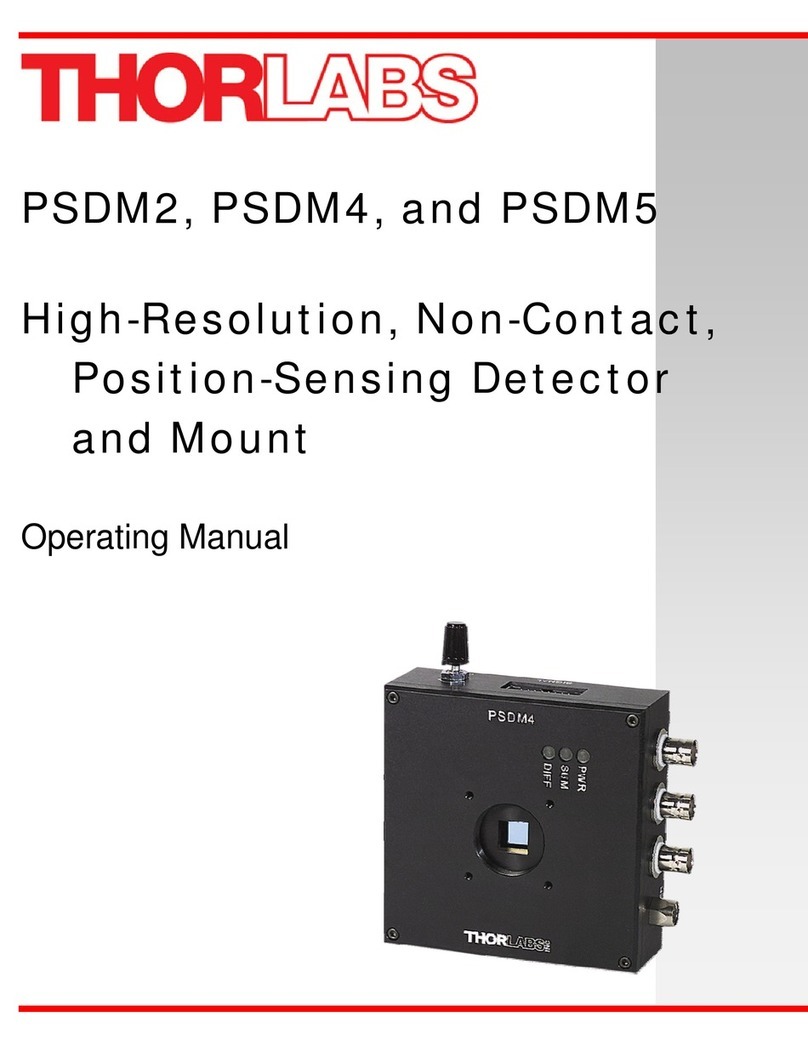
THORLABS
THORLABS PSDM2 User manual

THORLABS
THORLABS PDB570C User manual

THORLABS
THORLABS LSS10 User manual
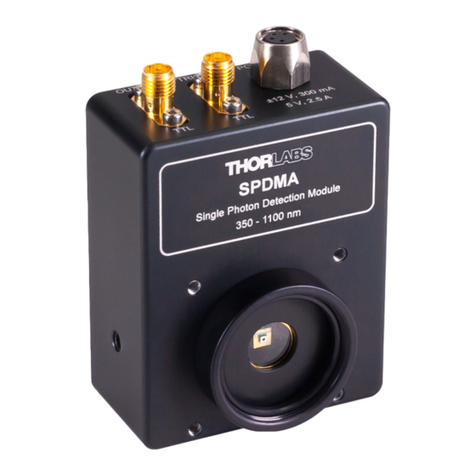
THORLABS
THORLABS SPDMA User manual
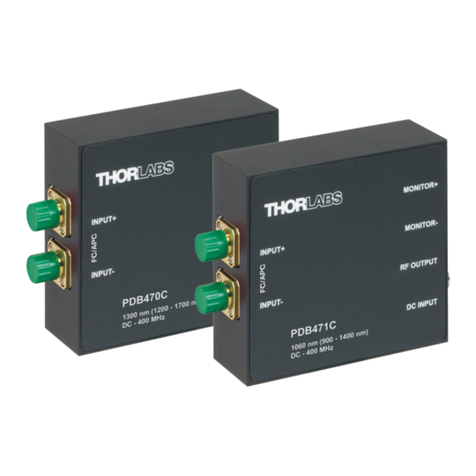
THORLABS
THORLABS PDB48*C-AC series User manual
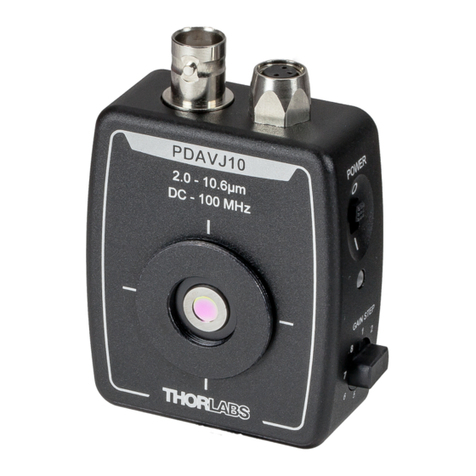
THORLABS
THORLABS PDAVJ series User manual

THORLABS
THORLABS SPDMH2 User manual
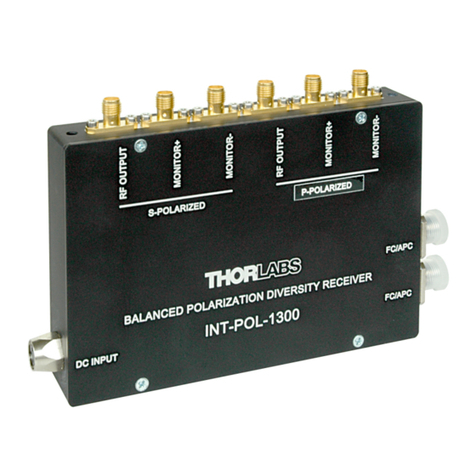
THORLABS
THORLABS INT-POL-1300 User manual
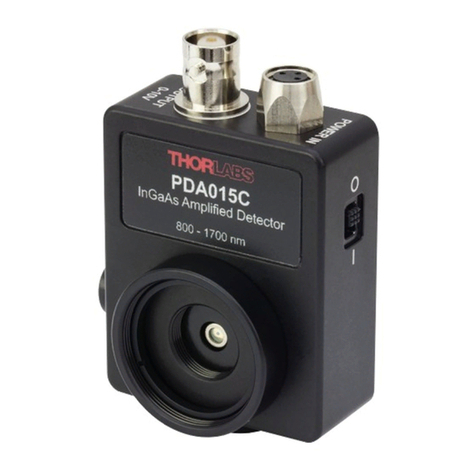
THORLABS
THORLABS PDA015C User manual
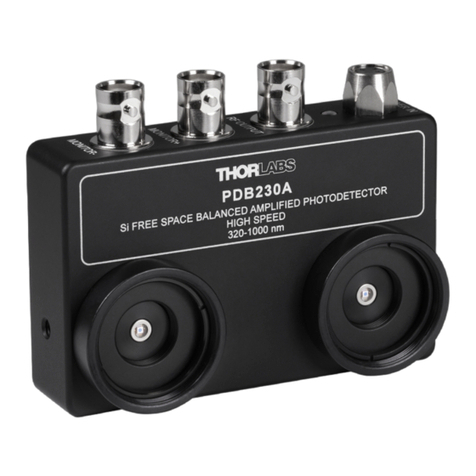
THORLABS
THORLABS PDB210A User manual
Popular Security Sensor manuals by other brands

Shinko
Shinko SE2EA-1-0-0 instruction manual

Det-Tronics
Det-Tronics X Series instructions

ACR Electronics
ACR Electronics COBHAM RCL-300A Product support manual

TOOLCRAFT
TOOLCRAFT 1712612 operating instructions

Elkron
Elkron IM600 Installation, programming and functions manual

Bosch
Bosch WEU PDO 6 Original instructions
